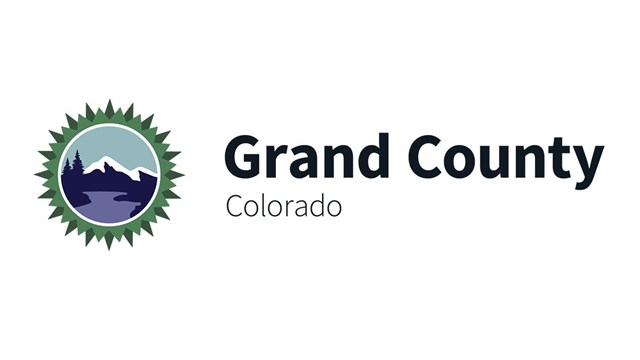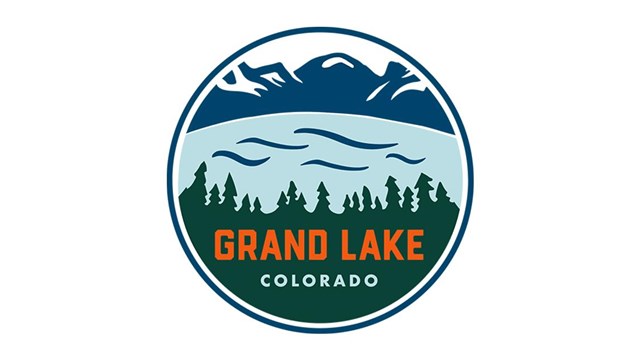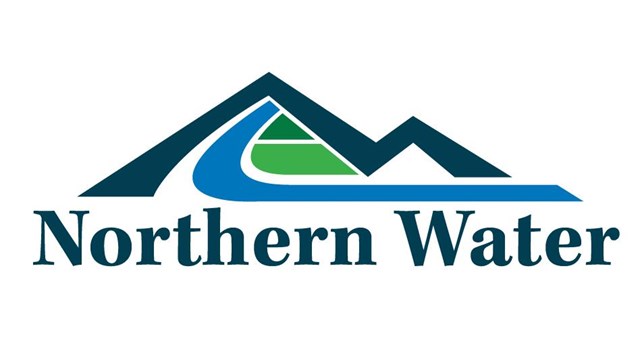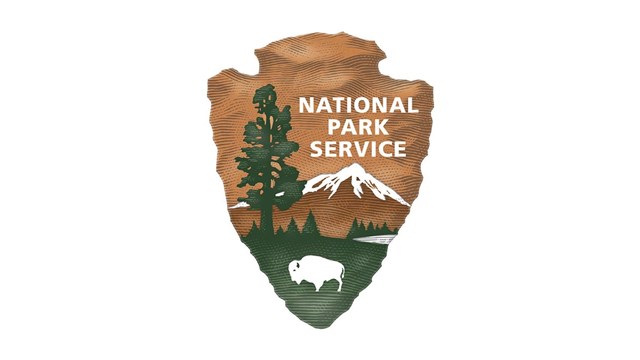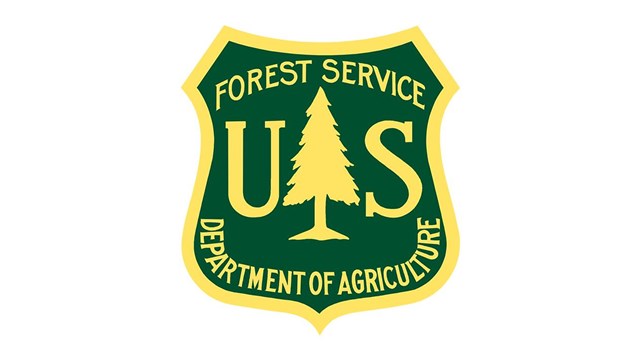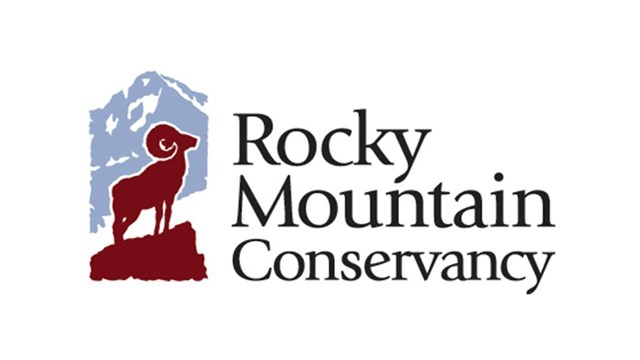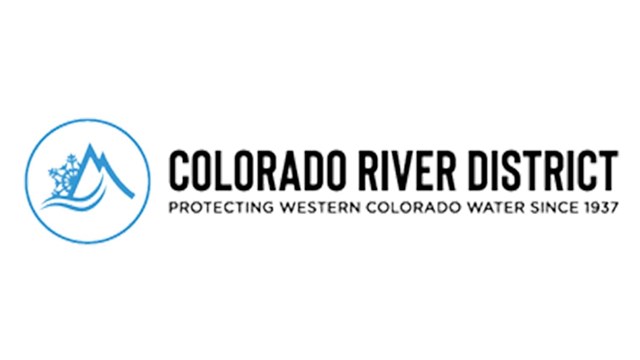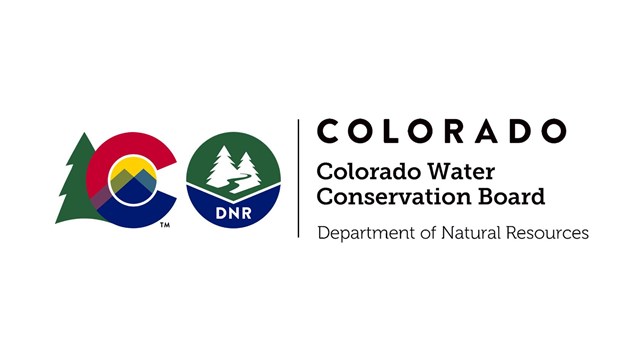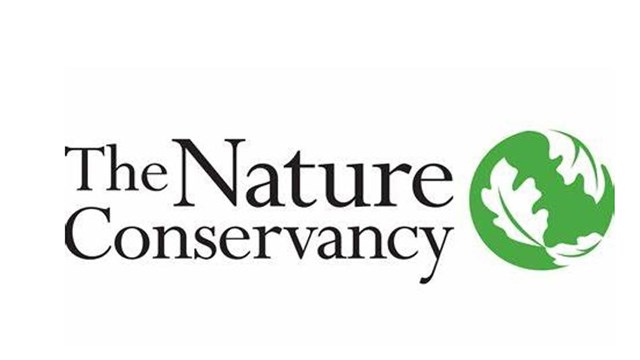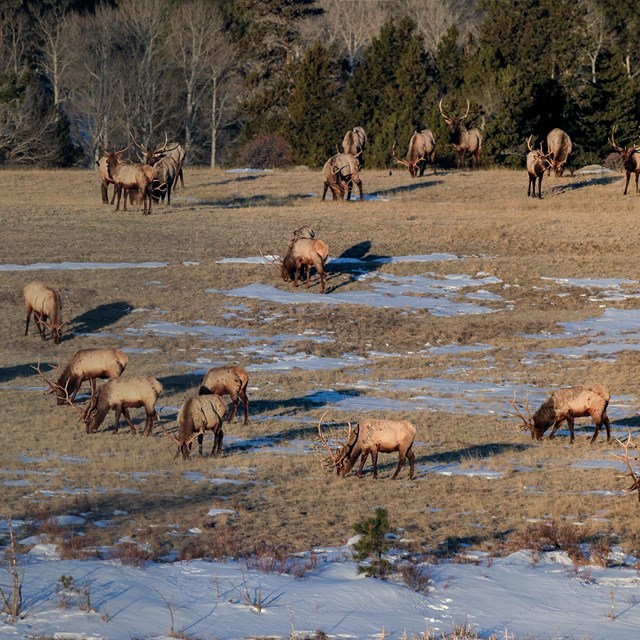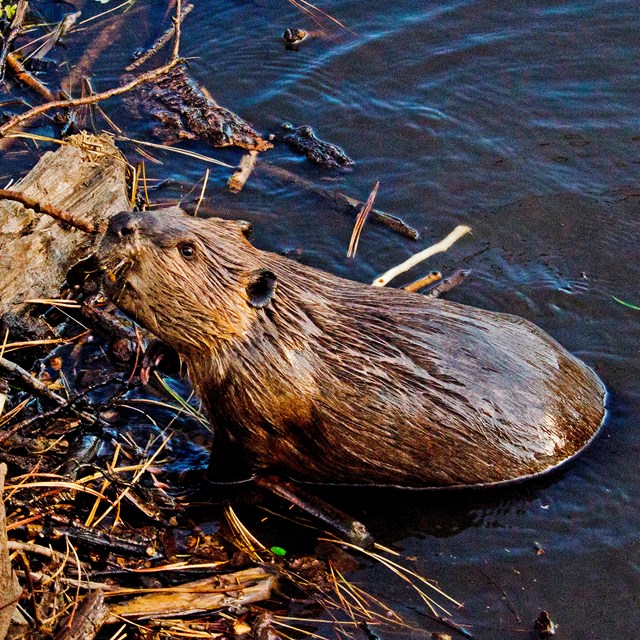KVRC brings together agencies and organizations focused on ecosystem restoration of the Kawuneeche Valley to support its ecological, economic and community well-being.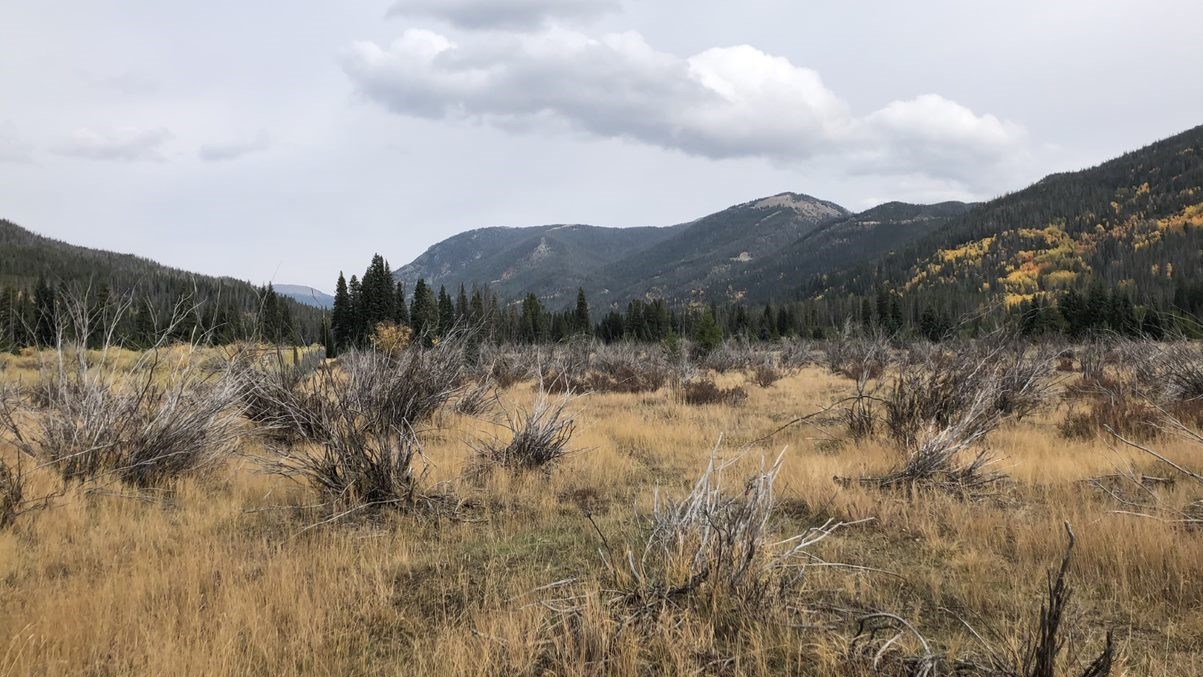
NPS Photo The Kawuneeche Valley is located where the Colorado River headwaters flow through Rocky Mountain National Park (RMNP) and into Shadow Mountain Reservoir near the town of Grand Lake. The valley is a mosaic of public and private lands and serves diverse ecological, recreational, and economic interests. This watershed provides water resources for western slope communities downstream of the valley as well as communities on the east side of the Continental Divide via a trans-basin water diversion. The valley's wetlands have historically provided important ecosystem functions like wildlife habitat, flood control, and resistance to wildfires and drought. 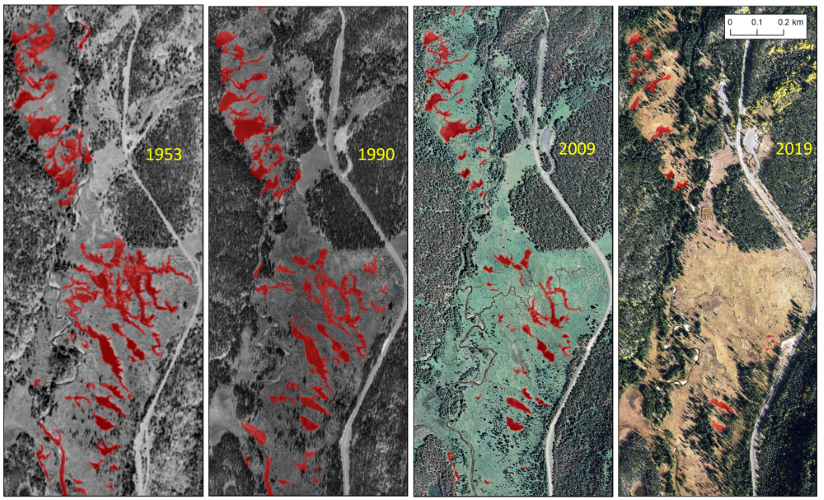
Image Courtesy of Jeremy Shaw. An Ecosystem Out of Balance The Kawuneeche Valley has historically been labeled a willow-beaver wetland ecosystem characterized by beaver, high water tables, and water-loving vegetation communities dominated by tall willow. The Kawuneeche Valley ecosystem is in transition, however, having changed dramatically throughout its recent history due to human influences. Ditching and draining of wetlands to support agricultural operations, willow removal, predator removal, and wildlife management in the greater landscape have caused significant changes to vegetation, beaver populations, and hydrology. Documented changes in the Kawuneeche Valley include:
Today, the Kawuneeche Valley functions more like an elk-grassland ecosystem than a beaver-willow wetland ecosystem. This human-driven biome shift has only been exacerbated by the 2020 East Troublesome Fire and an increasingly arid climate. 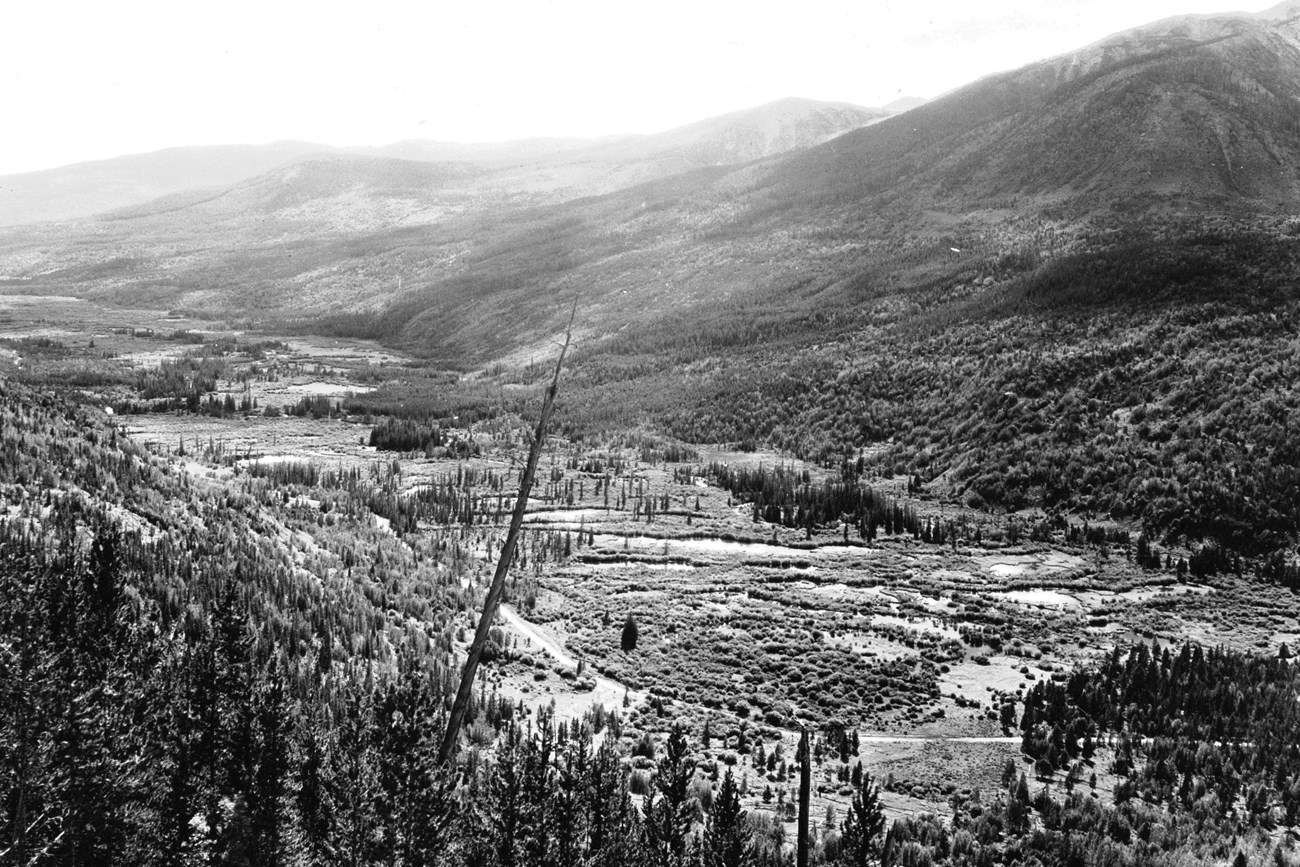

Left image
Right image
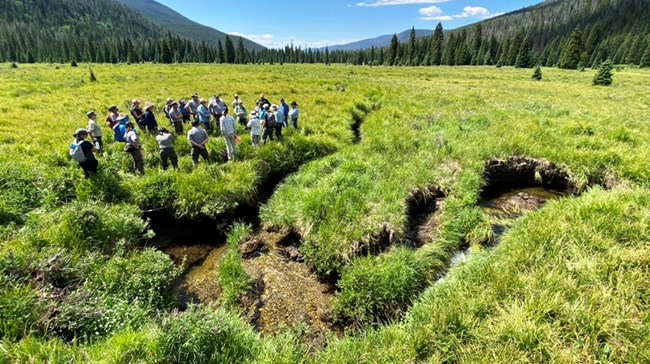
NPS Photo Ecosystem Restoration: A Collaborative ApproachIn 2020, KVRC was formed to address these ongoing environmental changes taking place in the valley. Comprised of several organizations and funders, KVRC is committed to using an inclusive process to develop comprehensive and ambitious restoration plans for implementation with local partners. KVRC restoration efforts could bring numerous benefits to the region, including:
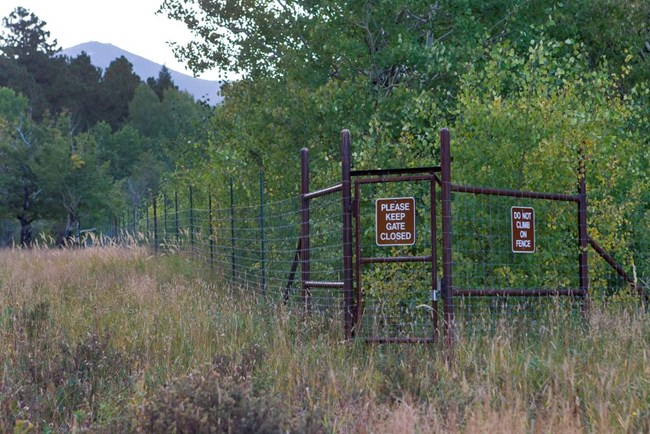
NPS Photo Proposed Projects and MethodsAs part of KVRC, site-specific restoration projects will occur in the Kawuneeche Valley over several years. Four sites within RMNP have been identified as highly suitable for restoration. Other opportunities to improve ecological function and water quality also exist on private lands within the valley. At each potential site, several restoration methods may be utilized. Some of these proposed methods include:
Monitoring conditions in the Kawuneeche Valley before and after restoration is an important part of evaluating the results and success of these efforts. KVRC’s pilot restoration project along Beaver Creek began in Fall 2023. Project Accomplishments
Learn More
No one organization can achieve a healthy watershed in this region on its own; the combined resources and expertise of KVRC and its stakeholders can accomplish more through collaboration. RMNP is proud to work with KVRC and its partners - those listed below and others - to achieve the long term restoration of the Kawuneeche Valley.
|
Last updated: December 20, 2023

